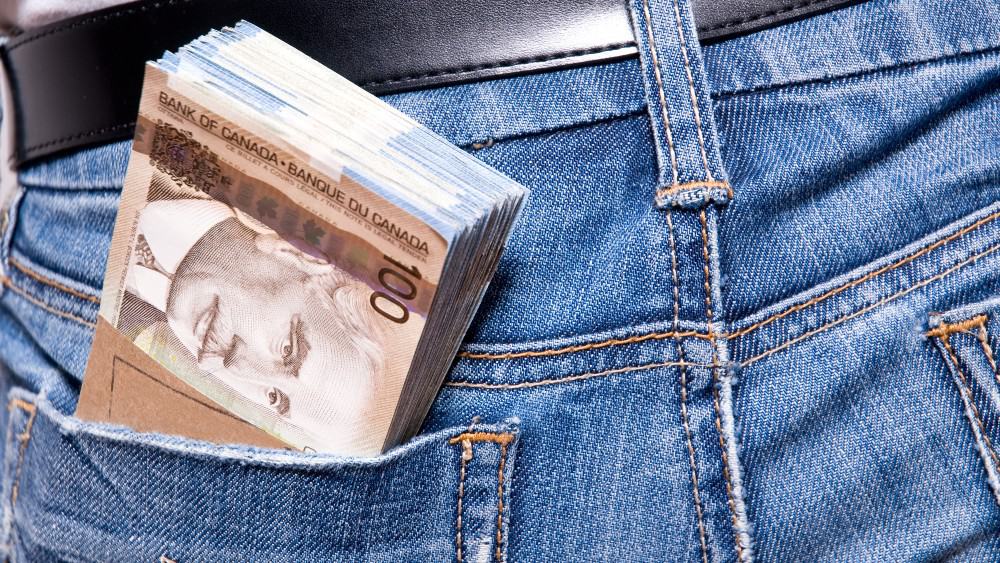The Tax-Free Savings Account (TFSA) is the number one tool to help you create lasting wealth through tax-free compounded returns. Aim to invest for high returns in your TFSA, which means forget about earning interest income.
As the long-term average stock market returns are about 7-10%, outperforming all other asset classes, focus your TFSA on stock investing. You can either buy equity funds or individual stocks depending on your investment style.
Just note that there are a few pitfalls you should avoid.
It’s too easy to withdraw from the TFSA
People’s personal finance habits don’t change much. So, it’s insightful to observe past behaviour. The Canada Revenue Agency revealed that in 2018, 4.5 million taxpayers averaged TFSA withdrawals of $7,689.
It’s simply too easy to withdraw from the TFSA. There are no penalties (on the surface). You can withdraw up to the full amount with no penalty. So, many people withdraw from their TFSA to help pay for a new car, an awesome vacation, or the needed down payment.
When you look deeper, there is a penalty of withdrawing — the prevention of tax-free growth for the TFSA amount withdrawn.
If you’ve been eligible for the TFSA since 2009 and had maximized your TFSA contribution every year, you would have accumulated a TFSA of at least $75,500. If you earned a reasonable 7% rate of return on your contributions every year, your TFSA portfolio would double to a nice size of $152,678 by the end of this year.
If you planned to save and invest in your TFSA to make a big purchase, then so be it. But it would be good to have a plan to re-contribute the withdrawn amount back. For example, I withdrew from my TFSA to help pay income taxes. But I immediately re-contributed the amount in the subsequent year.
Capital losses
While I encourage investors to invest in stocks in their TFSA for high returns, Canadians should be careful about the risk they take on. Don’t take on excessive risks. Otherwise, you might find yourself hit with big capital losses.
A capital loss of 10% requires 11% of gains to get back to break even. A 20% loss requires a gain of 25%. A 50% loss requires a gain of 100%! So, look for secure returns to bank on that tax-free growth — seek investments that you have a high probability of booking secured returns from. This could be different for everyone depending on their investment knowledge, experience, and risk aversity.
Canadian Dividend Aristocrats like Fortis, Metro, Enbridge, and Canadian National Railway would be considered conservative stock investments. However, investors still need to buy at a margin of safety to reduce the chance of capital losses. The intent for long-term investment would also help prevent capital losses, because even if you pay too much for a great business, in time, the business fundamentals will catch up.
Some investors would make strategic short-term trades, say, aiming to take profit within a year. If the trade doesn’t work out, then they might need to take a capital loss or hold for longer than expected.
The TFSA is not entirely tax free!
While being a “tax-free” savings account, the TFSA is not entirely tax-free. If you earn foreign dividends in your TFSA, there could be foreign withholding taxes subtracted from the foreign country. For instance, if you earn U.S. dividends in your TFSA, 15% of the dividend will be automatically taken away by the U.S.
The Foolish investor takeaway
While saving regularly in your TFSA is the first step, Canadians need to do so much more to achieve tax-free wealth creation. Earning interest income in your TFSA is like reaching for the ceiling. If you invest in stocks, it’d be like reaching for the moon, and you should at least touch the Earth’s atmosphere in the long run.








